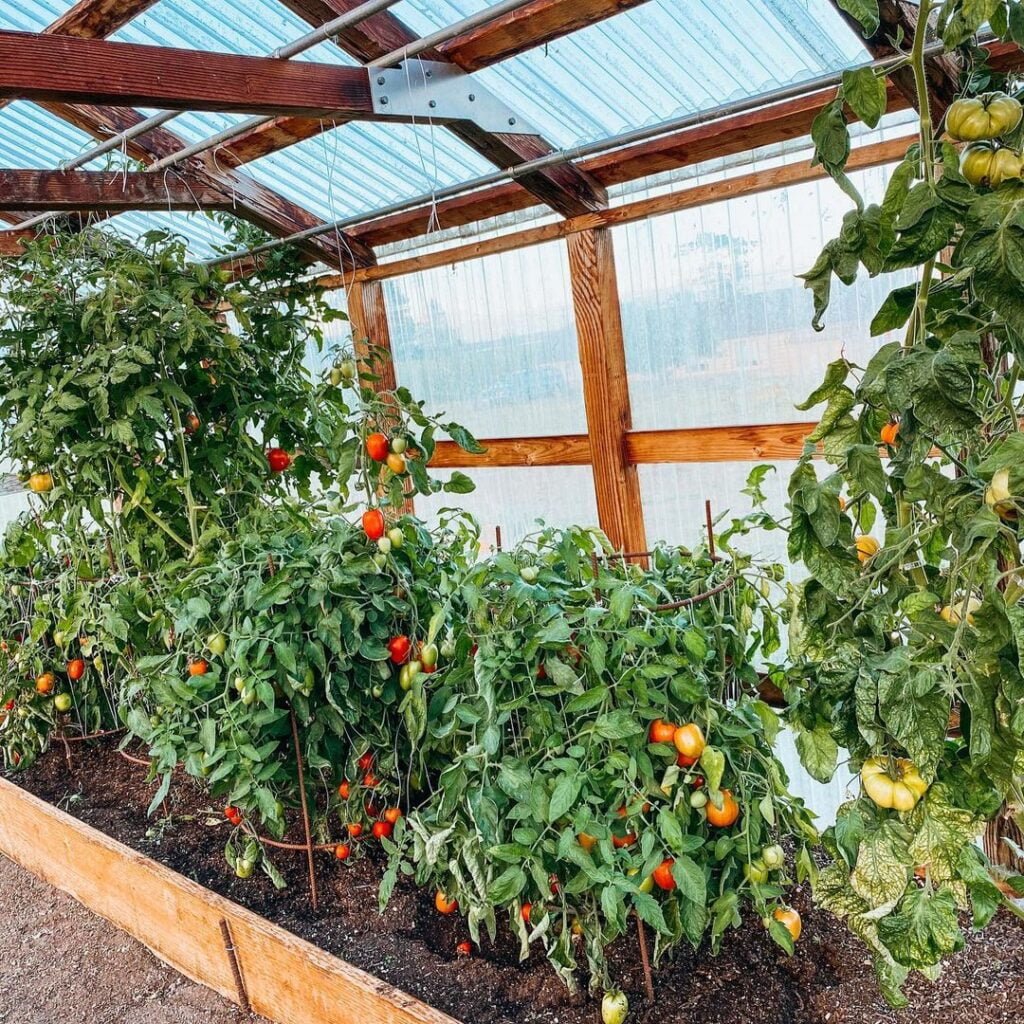Learn How to Prune Tomato Plants effectively. Discover tips and techniques for improving air circulation, fruit production, and plant health in your garden. Enjoy a successful tomato harvest with these pruning methods.
Pruning tomato plants is a crucial part of maintaining their health and optimizing fruit production. Proper pruning helps the plants focus their energy on fruit development, improves air circulation, and reduces the risk of diseases. In this article, we’ll explore how to prune tomato plants effectively to achieve a successful harvest.
Why Prune Tomato Plants?

Pruning tomato plants offers several benefits:
- Improves Air Circulation: Pruning removes excess foliage, reducing humidity and the risk of fungal diseases.
- Increases Sunlight Exposure: Pruning allows sunlight to reach the lower parts of the plant, promoting even ripening.
- Encourages Fruit Production: Removing suckers and unnecessary shoots helps the plant direct its energy to fruit production.
- Prevents Overcrowding: Pruning keeps the plant tidy and manageable, making it easier to care for and harvest.
When to Prune Tomato Plants
Prune your tomato plants when they reach about 12 to 18 inches in height. Continue pruning throughout the growing season as needed. It’s best to prune in the morning when the plant is dry to minimize the risk of spreading diseases.
Types of Tomato Plants and Pruning Approaches

The way you prune tomato plants depends on whether they are determinate or indeterminate.
- Determinate Tomatoes: These plants grow to a specific height and then stop. Prune sparingly, focusing on removing lower leaves and any shoots touching the ground.
- Indeterminate Tomatoes: These plants continue growing throughout the season. Prune regularly to remove suckers and excess foliage.
How to Prune Tomato Plants
Here’s a step-by-step guide to pruning tomato plants:
1. Gather Your Tools

- Pruning Shears: Use sharp, clean shears to make clean cuts.
- Gloves: Wear gloves to protect your hands from thorns and sap.
2. Remove Lower Leaves

- Trim off leaves that touch the ground or are close to it. This helps prevent soil-borne diseases from spreading to the plant.
3. Remove Suckers

- Identify Suckers: Suckers are the shoots that grow from the leaf axils (the point where a leaf meets the stem).
- Pinch or Cut: Remove suckers by pinching them off with your fingers or using pruning shears. Remove them when they are small to avoid stressing the plant.
4. Thin Out Excess Foliage

- Space Leaves: Trim off leaves that are overcrowded or blocking light and air circulation.
- Maintain a Good Balance: Keep enough foliage to protect the fruits from sunburn but remove excess leaves to improve airflow.
5. Top the Plants (Optional)

- When to Top: If you have indeterminate varieties and want to limit their height, you can top the plants (cut the growing tip) when they reach your desired height.
- Benefits of Topping: Topping the plants encourages lateral growth and may lead to earlier fruit production.
Tips for Pruning Tomato Plants

- Prune Regularly: Check your plants regularly and prune as needed throughout the growing season.
- Avoid Over-Pruning: Be cautious not to remove too much foliage, as this can reduce the plant’s ability to photosynthesize.
- Sterilize Tools: Clean your pruning shears with rubbing alcohol between cuts to prevent the spread of diseases.
Caring for Pruned Tomato Plants
After pruning your tomato plants, provide them with the following care:
Watering:

Water your plants consistently, aiming for deep, infrequent watering to encourage strong root growth.
Fertilization:

Use a balanced fertilizer during the growing season to support healthy growth and fruit production.
Support:

Provide stakes, cages, or trellises for your tomato plants to support their growth and keep the fruits off the ground.
Conclusion
Pruning tomato plants is a simple yet effective way to improve their health and productivity. By following these pruning tips and caring for your plants properly, you can enjoy a bountiful harvest of delicious tomatoes. Experiment with different pruning techniques to find what works best for your garden and the specific tomato varieties you’re growing.
Pingback: The Best Types of Tomatoes to Grow in the South -
Pingback: Pruning Tomato Plants: A Comprehensive Guide